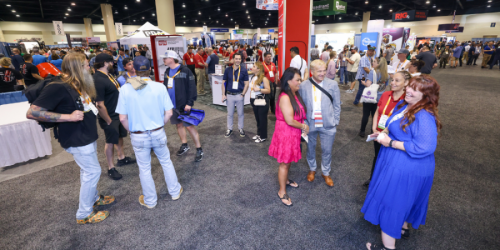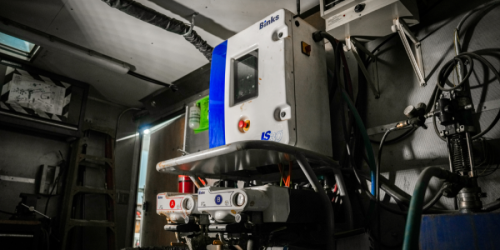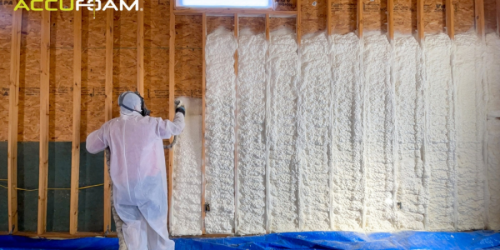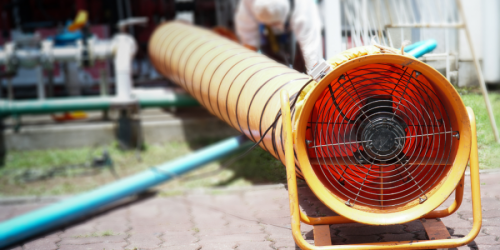Q&A Forums
SPF and nonmetallic wiring Post New Topic | Post Reply
| Author | Comments |
|---|---|
|
John Sallah
Posted: Dec 07, 2007 08:49 AM
|
SPF and nonmetallic wiring
I am renovating an old warehouse into condos. I plan to use spray foam insulation in the entire building. Having worked with my local code inspectors for years, I sent an email asking about whether they'd want to see data sheets on the chemical I was going to use (I plan to use both open and closed cell in the structure). The response was..."What type(s) of wiring methods are you going to use? Oil based products are not permitted with nonmetallic wiring methods" I guess the first question is are ALL of these products typically oil based? I cannot imagine that one would need to use armored cable or something for the wiring for this insulation to pass code. I DO plan to use nonmetallic wiring -- just regular old romex -- nothing fancy. I know this product will meet code, I just don't know enough about the product to argue the point. |
|
mason
Posted: Dec 07, 2007 11:21 AM
|
SPFA conducted tests on wiring more than 10 years ago to determine if sprayfoam installed to a wall cavity containing standard 12 or 14 gage wiring would cause the wiring to produce excessive heat under various loads. The test results demonstrated that under a 13 amp and a 18 amp load that wire temperatures did not exceed safe temperatures for SPF. The SPF also did not damage the insulation on the wiring. However, recently this subject has come up with some claiming that there is a chemical reaction to Romex insulation. SPFA has developed a task group to address this issue. As you stated, there is no evidence that SPF harms the romex insulation. But we may need to perform testing to convince folks. But, it should be noted that some types insulation on wiring commonly found in houses (security lines, speakers, etc) can be damaged by temperatures of approximately 180 to 200 degrees F. SPF installed in lifts greater than 2 inches can exceed those temperature. So, take care not to spray thick lifts and let the foam cool down before putting down the next pass. (5-10 minutes typically) |





























